Summary
Dear sed-DNA enthusiasts,
Hello and welcome to the May newsletter! This past month has also been productive in terms of new papers, and one new preprint and one new PHD position, though there are no new conference sessions to announce (see the Events tab for other events previously announced).
Wishing you a great month of May,
The organising board
New papers
Jing Wang et al., (2025) published "Sedimentary recorded nitrogen-transforming microbes reflect climate fluctuations in a glacial lake on the Qinghai-Tibetan Plateau over a millennium timescale" in the Journal of Great Lakes Research.
Kai Li et al., (2025) published "sedaDNA and pollen disclose treeline advancing and plant diversity trajectory under recent climate warming in southwestern Hengduan Mountains, China" in Quaternary Science Reviews.
Xin Wei et al., (2025) published "Hydrodynamic processes and extreme events recognized from the sedimentary records at ancient Port Shuomen in the Oujiang River mouth, Southeast China" in Marine Geology.
Kuldeep D. More et al.,(2025) published "Validating a target-enrichment design for capturing uniparental haplotypes in ancient domesticated animals" in Molecular Ecology Resources.
Sandra Garcés-Pastor et al., (2025) published "Wild and domesticated animal abundance is associated with greater late-Holocene alpine plant diversity" in Nature Communications.
Elena Fagín et al., (2025) published "Parasite sedimentary DNA reveals fish introduction into a European high-mountain lake by the seventh century" in Nature Communications.
Jishuai Yang et al., (2025) published "The emergence, development, and impact of prehistoric agriculture on the Tibetan plateau" in Journal of Archaeological Science.
Yiqiu Lu et al., (2025) published "Genome and Metagenome Skimming: Future Sequencing Methods for Environmental DNA (eDNA) Studies" in Molecular Ecology Resources.
Nada Salem et al., (2025) published "Ancient DNA from the Green Sahara reveals ancestral North African Lineage" in Nature.
Siwei Yu et al., (2025) published "Temporal dynamics of biodiversity in benthic macroinvertebrate communities from a 140-year sedimentary DNA record and their driving mechanisms" in Ecological Informatics.
Preprints
Elsa Abs et al., (2025) made the preprint "Ideas and perspectives: Using meta-omics to unravel biogeochemical changes from cell to planetary scales" available on EGUsphere Preprint repository.
New Positions
A PhD position on the Genomics of Southern Ocean carbon pump at the University of Tasmania (UTAS), in collaboration with Commonwealth Scientific and Industrial Research Organisation (CSIRO).
The carbon fixed from atmospheric CO2 by phytoplankton in the sunlit parts of the ocean is exported to depth, sequestering it for decades to millennia via a process called the biological carbon pump. However, most of this organic matter is remineralized by bacteria colonizing the sinking particles. By the time particles reach a depth of 1000m ≤5% of the organic carbon remains. The Southern Ocean is an important component of the ocean's biological pump and the subantarctic zone (SAZ) is of particular interest due to its deep winter mixing and Subantarctic Mode Water formation, which supply oxygen and nutrients to the subsurface Southern Hemisphere (Rintoul and Trull 2001, Helm et al. 2011). In this region sediment traps that collect sinking particles have been deployed since 1997 (Wynn-Edwards et al. 2020), providing a direct way to determine what makes up the biological pump. This project will use genetic analysis of sediment trap material to shed light on the microbial taxa – zooplankton, phytoplankton, and bacteria –that contribute to particle flux and remineralization (Liu et al. 2020, Cardozo-Mino et al. 2023). Determining who contributes most to these carbon pathways is fundamental to predicting change. Microbes identified genetically from sediment trap samples will be compared to those identified microscopically from surface samples, to determine whether numerically dominant but small species or rare but large species contribute most to carbon export. The sediment trap sampling resolution is on average two weeks, which means that timeseries analyses may reveal what changes have occurred over the past 20 years due to changing ocean properties. Comparing sediment trap samples from the same timeframe across the three depths (1000m, 2000m and 3800m) will inform the vertical patterns of microbial community progression and may even indicate influences of alternative particle sources.
Supervisors: Dr. Robert Strzepek (IMAS-UTAS), Dr. Linda Armbrecht (IMAS-UTAS), Dr. Pauline Latour (IMAS-UTAS), Dr. Cathryn Wynn-Edwards (CSIRO), Dr. Levente Bodrossy (CSIRO).
Application deadline is the 1st of June 2025. If you'd like more information, please contact Dr. Robert.Strzepek or Dr. Levente Bodrossy .
Get in touch with Maïlys Picard if you would like to announce something to the society, or if you have a recent paper that you would like to advertise in the newsletter.
